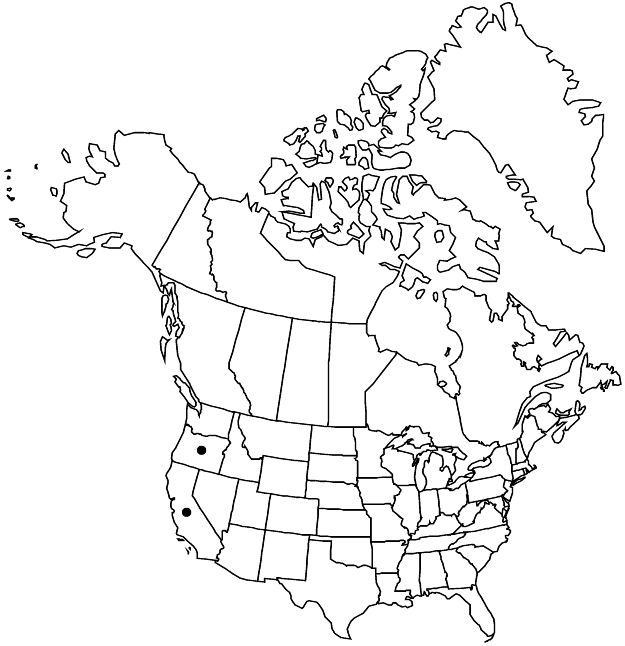Difference between revisions of "Amelanchier pallida"
Fl. Francisc., 53. 1891.
FNA>Volume Importer |
imported>Volume Importer |
||
| (5 intermediate revisions by 2 users not shown) | |||
| Line 37: | Line 37: | ||
-->{{#Taxon: | -->{{#Taxon: | ||
name=Amelanchier pallida | name=Amelanchier pallida | ||
| − | |||
|authority=Greene | |authority=Greene | ||
|rank=species | |rank=species | ||
| Line 52: | Line 51: | ||
|publication year=1891 | |publication year=1891 | ||
|special status=Endemic | |special status=Endemic | ||
| − | |source xml=https:// | + | |source xml=https://bitbucket.org/aafc-mbb/fna-data-curation/src/2e0870ddd59836b60bcf96646a41e87ea5a5943a/coarse_grained_fna_xml/V9/V9_1114.xml |
|subfamily=Rosaceae subfam. Amygdaloideae | |subfamily=Rosaceae subfam. Amygdaloideae | ||
|tribe=Rosaceae tribe Gillenieae | |tribe=Rosaceae tribe Gillenieae | ||
Latest revision as of 22:54, 5 November 2020
Shrubs, 0.5–6 m. Stems 1–50, often densely colonial, much branched. Leaves fully unfolded; petiole (1–)4.5–8.5(–18) mm; blade suborbiculate to oval or obovate, (15–)20–29(–44) × (10–)14–20(–28) mm, base rounded to subcordate, sometimes cuneate, each margin with 0(–2) teeth on proximal 1/2 and (0–)2–5(–9) teeth in distalmost cm, largest teeth less than 1 mm, apex rounded, truncate, or emarginate to acute and mucronate, abaxial surface moderately (sparsely) hairy by flowering, sparsely to moderately hairy later, adaxial sparsely hairy later. Inflorescences (6 or)7–11(–17)-flowered, (15–)21–29(–38) mm. Pedicels: (0 or)1 or 2(or 3) subtended by a leaf, proximalmost (8–)12–18(–25) mm. Flowers: sepals usually erect to recurved after flowering, (1.3–)1.6–3(–4.5) mm; petals elliptic to broadly oval, (4–)5.2–8(–9.5) × (2.2–)3.2–4.6(–6.6) mm; stamens (12–)17–21(–23); styles (2 or)3 or 4(or 5), (1.4–)2.1–2.7(–3.3) mm; ovary apex moderately to densely (sparsely) hairy. Pomes often brownish, 6–10 mm diam. 2n = 2x, 4x.
Phenology: Flowering Apr–Jun; fruiting Jul–Sep.
Habitat: Dry rocky slopes, canyons, chaparral, mountainsides
Elevation: 1000–2000 m
Discussion
Amelanchier pallida is known from northern California and southern Oregon. The species is distinctive for its often broadly oval petals, relatively long proximalmost pedicels, leaves with teeth that are relatively small and few in number, and usually absent in proximal half, and much-branched habit.
Selected References
None.
